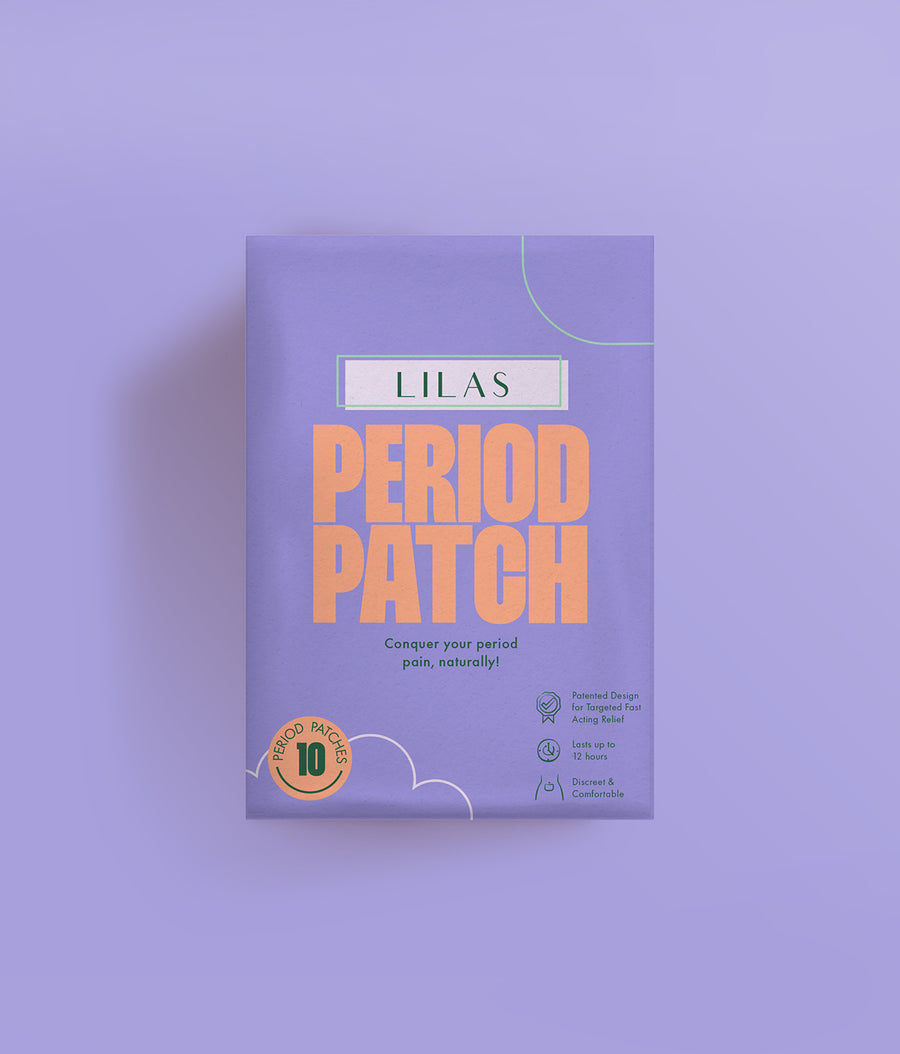What Type of Yoga Should You Try?
Yoga is becoming an increasingly popular way for people to explore wellness. Oftentimes, yoga gets oversimplified into a somewhat vague exercise category with elements of relaxation and spirituality. In reality, yoga is far from a generalized monolith. The term “yoga” itself actually comes from an eight-limbed path to enlightenment as outlined by Patanjali’s “Yoga Sutra.” Different types of yoga put different degrees of emphasis on physical movement through poses (also known as asanas), breathing exercises (pranayama), and meditation. As you peruse what yoga classes may be offered at your local gym (in facilities social distancing protocols) or online, it can be easy to get confused by all the options. It may even be difficult to decide what you might want from your yoga experience. To help you think through what will work best for you, here are three of the most popular types of yoga and their main focuses:
Hatha Yoga:
Hatha is like the bread and butter of the yoga world. It is a yoga style that combines all three core elements of poses, breathing, and meditation. The word “hatha” is actually derived from the Sanskrit word for “sun and moon” and connotes the essence of light and balance. Since hatha relates to balance, it makes sense that hatha classes have a little bit of everything. In terms of pacing, hatha classes are slow, but definitely not too slow or the slowest. It is largely considered a gentler form of yoga and is often recommended for beginners.
Vinyasa Yoga:
Vinyasa yoga refers to coupling breath with the movement between certain strength poses. The term “vinyasa” comes from the Sanskrit word that means “to position or to place in a special way.” With that in mind, in vinyasa classes, there is a special emphasis placed on facilitating the continuous transition between six core poses (i.e. the upward-facing dog, the downward-facing dog, and the plank) by breathing. Vinyasa is often deemed to be one of the faster and more intense forms of yoga, but it is still approachable to beginners if, in fact, it seems to be more your speed.
Bikram/Hot Yoga:
In hot yoga, you are likely to follow a routine of movements and breathing similar to the hatha and vinyasa styles. There’s just one key difference… The room is usually between 95 and 104 degrees Fahrenheit. The higher temperatures help you burn more calories through sweating and makes your muscles more limber for stretching. Bikram yoga is a type of hot yoga first developed by a guru named Bikram Choudhury in the 1970s. Bikram yoga has very specific rules. You have to move through a fixed series of 26 different poses in a room that is exactly 105 degrees at 40% humidity. Bikram yoga is often recommended for people who like routine and structure in a hot environment. This level of detail is also said to prevent muscle pulling. With that being said, though many gyms and yoga studios may practice the Bikram style, they will most likely call it hot yoga more generally. Bikram Choudhury has been accused of sexual assault by some of his former students and many gyms are eager to implement the strengths of his yoga style while distancing themselves from his overall legacy. Hot yoga usually isn’t recommended for beginners because of the higher risk of muscle strain if done incorrectly due to the high temperatures.
This is just a small snapshot of the world of yoga. There are many more styles and you may have to try a few of them before you choose the one that best suits your needs. We hope this info helps as you venture into trying something new in your wellness journey!


Leave a comment